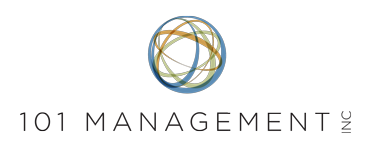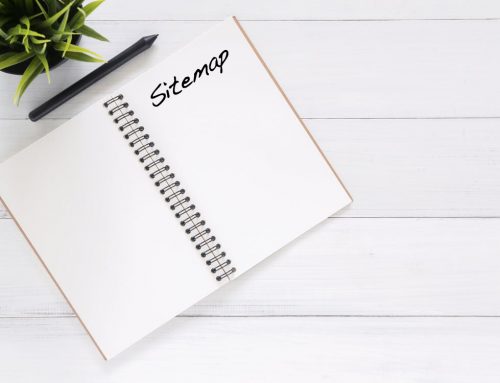As is to be expected with an emergency program enacted urgently, the Paycheck Protection Program put in place by the Coronavirus Aid, Relief, and Economic Security (CARES) Act has met several snags in the weeks since it was implemented.
Brief recap
The Paycheck Protection Program is the heart of the relief program for those who own small businesses. It is called the Paycheck Protection Program because its goal is to incentivize small businesses to keep their employees on the payroll. Congress set aside $349 billion of the total $2 trillion allocated in the CARES Act for this initiative, and last week approved an additional $310 billion after the first pot of money ran out.
According to the U.S. Small Business Administration (SBA), the program is designed to provide a direct incentive for small businesses to keep their workers on payroll by providing each small business a loan up to $10 million for payroll and certain other expenses, with an interest rate of one percent. The first loan payment will be due in six months, with the full amount due in two years.
If all employees are kept on the payroll for eight weeks, the SBA will forgive the portion of the loans used for payroll, rent, mortgage interest, or utilities. Up to 100 percent of the loan is forgivable. If you are forced to lay off employees, you may still be eligible for loan forgiveness in the future if you can eventually hire them back. To receive a loan, your business must have been in business as of February 15th.
The bad news
If you’ve been trying to apply for a loan under the Paycheck Protection Program, you already know that the rollout has been less than optimal, to put it mildly. Much of the available $349 billion from the first round went to large Fortune 500 companies—some of whom have since returned it—and there was confusion and frustration surrounding the application process.
Customers complained the banks were refusing to even accept applications unless they had a prior business relationship with the bank. And even when they were lucky enough to find a potential lender, they are still having to wait weeks for their money.
Finally, the SBA website’s loan portal is subject to frequent crashes, and the phone queue is impossibly long, frustrating people’s attempts to receive more information and guidance about the program. Nevertheless, SBA announced Monday that it had already processed more than 100,000 PPP loans for this second round.
Some good news
There’s still some good news for those who want to take advantage of the Paycheck Protection Program.
First, although the first round of funding ran out in 13 days, the U.S. Treasury Department announced it was tightening the rules to make the loans more available to smaller firms.
In addition, this time Congress set aside $60 billion for smaller community banks, and many of them report that they have figured out the quirks in the system and are better prepared to navigate the SBA’s complex and confusing portal. And Treasury also told banks they could skip the usual vetting process typically required for loans from new customers.
Second, the program was opened to independent contractors and those who are self-employed who pay themselves by distributions. Borrowers must prove the money is used to cover their pay through such documentation as payroll processor records, payroll tax filings, a Form 1099-MISC, or other similar proof. And here again, most major lenders are so far only doing business with those who have a business account with them.
This same stipulation applies to several financial technology companies, who have received SBA approval to act as non-bank lenders for the program. If you have a pre-existing account with PayPal, Square, or Intuit’s QuickBooks Online Payroll, you may be in luck. PayPal, at least, has plans to issue Paycheck Protection loans within 24 hours after applicants qualify.
Other fintech firms approved to participate include OnDeck, BlueVine, Kabbage, Funding Circle, Credibly, and Ready Capital, some of whom have said they will accept applications from non-customers, so check with them if you haven’t had any luck elsewhere.
Meanwhile, Congress is already talking about adding additional funds to the program, which should help alleviate any projected shortfall. So even if the money runs out again in the next few days as expected, go ahead and apply to your bank so they’ll have the paperwork ready for the next round.
If you think you qualify for one of these loans, visit the SBA website for more information.






Leave A Comment